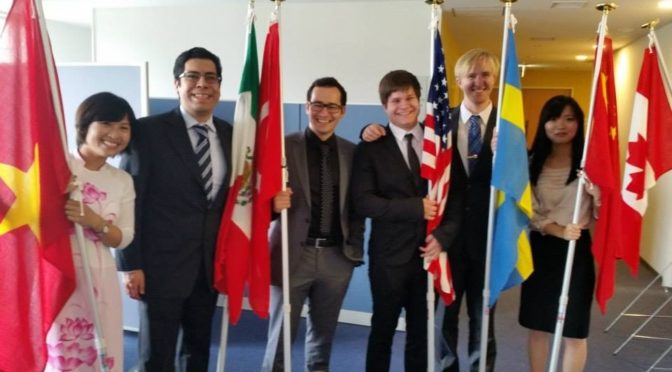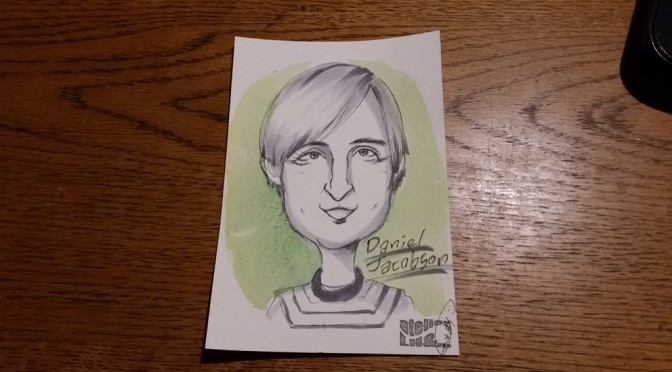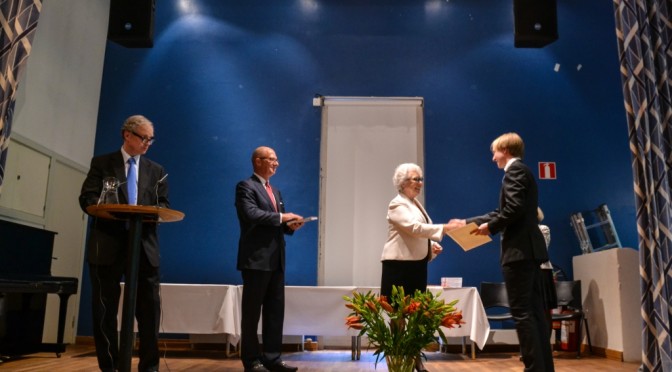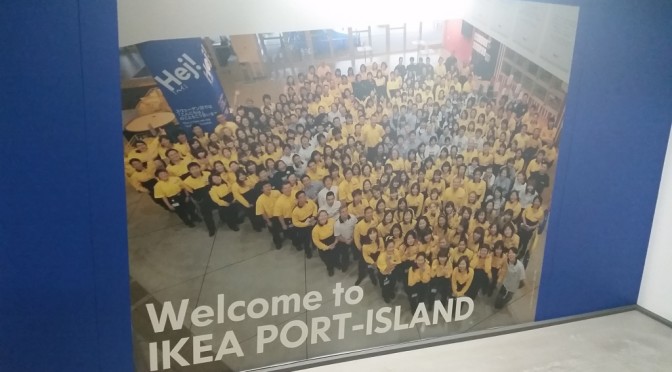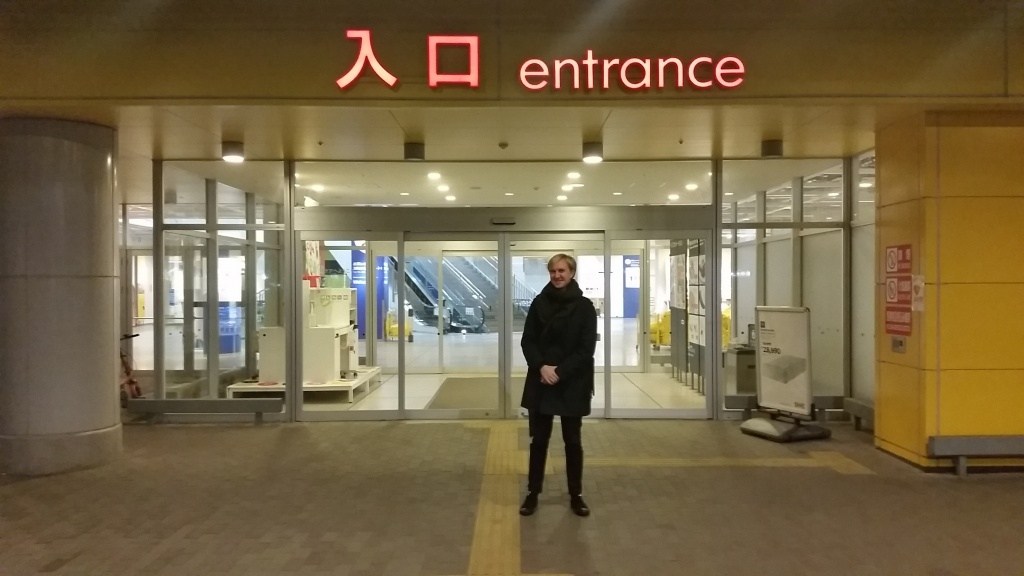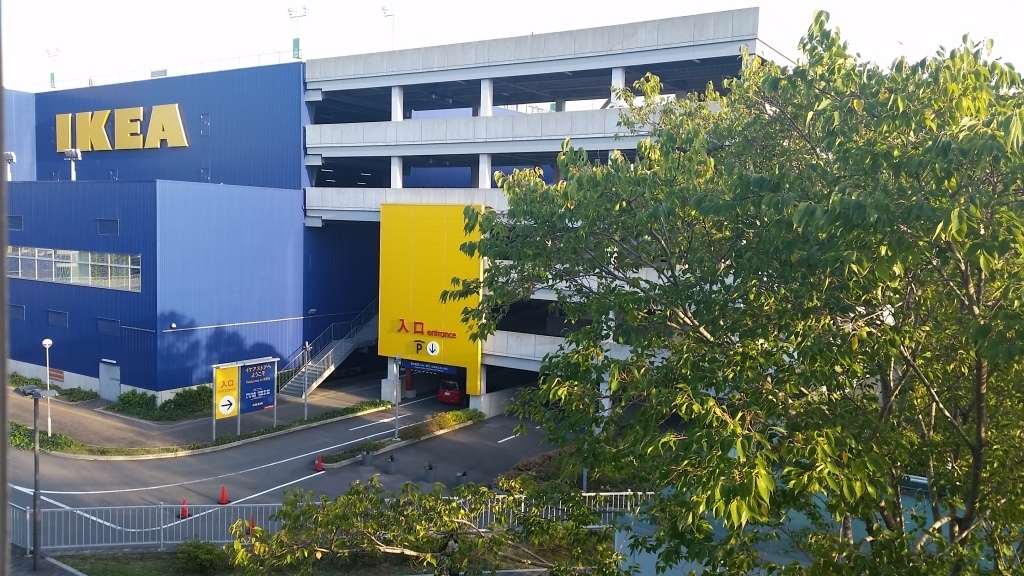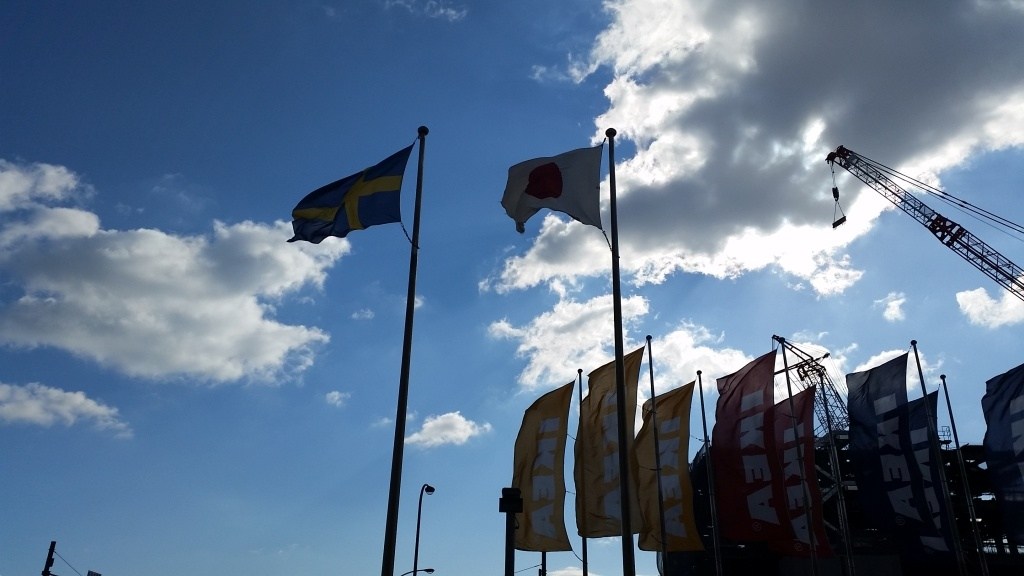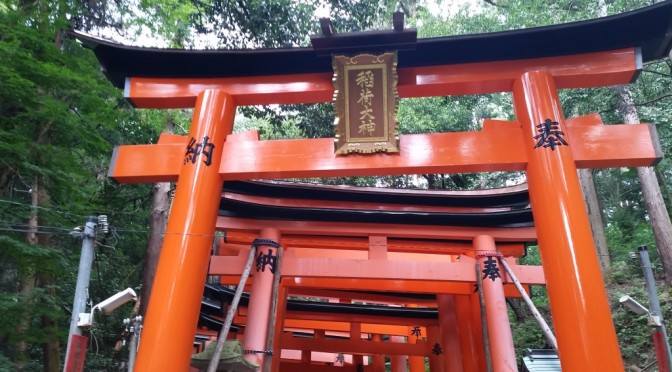Up until now, I’ve mostly written about things that happened outside of Doshisha Business School. This time, I will focus on my school life here in Kyoto, Japan. So far, 2.5 months have passed and I’ve taken 7 courses simultaneously this first quarter (the maximum courseload that you could take), and was quite intense. My program consists of 32 international students from all over the world who have gathered at a building called Kambaikan at Doshisha’s Imadegawa Campus. Here, we spend most of our weekdays attending lectures, working on projects, and sitting in our exclusive business school lounge discussing life in Japan. On evenings and Saturdays, the Japanese MBA students (JMBA) come to the school to attend their lessons and study at the library. Every Saturday, a group of us meet for a language exchange and to share our experiences.
This quarter, I took courses in: Accounting, Business Economics, Operations Management, Strategic Management, and Critical and Analytical Thinking. Additionally, I took two optional courses: written and spoken Japanese, level IV.
The quarter started off nice and slow, but ended in utter mayhem. I overestimated my own abilities, and my 7-course workload in addition to doing other things really stressed me out. I simply had too many things going on at the same time – my MBA studies, kendo practice, interviews for my part-time job, meeting friends and making new ones, exploring Kyoto, etc. I made some strategic decisions and cut out Kendo club for now, as it conflicts with the schedule of my new job at IKEA. One Japanese course also had to go, since I felt that I would learn much more Japanese working at my job (more about that later).
The second quarter started on December 2014. Currently, I’m taking: Marketing, People and Organizations, Business and Society in the Global Context; and continuing with Critical and Analytical Thinking, as well as my Japanese speaking class. Having only five classes instead of seven is working wonders! I’ve also rearranged my priorities to:
- Getting an MBA degree
- Working at IKEA
- Meeting people and exploring
Mari Kondo, who teaches my Strategic Management class, asked us to come up with an idea for a business plan and to implement some of the strategic frameworks that we have learned. My team and I ended up making this silly, but awesome, video. Enjoy!!!
